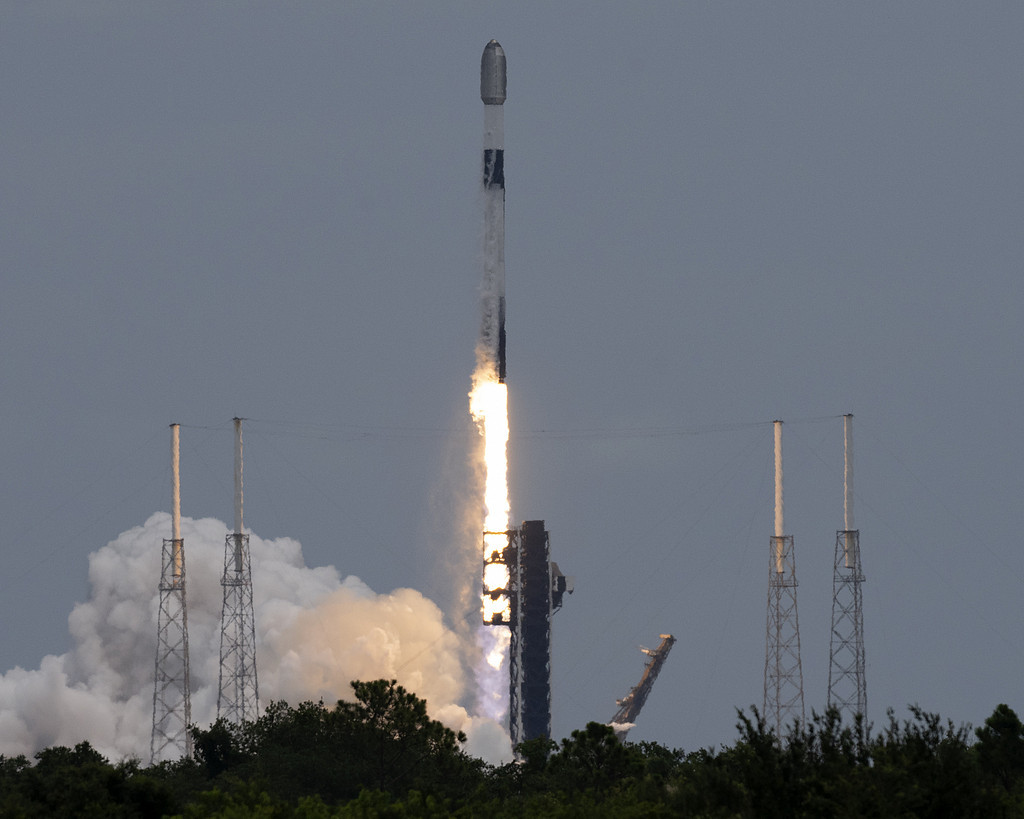SpaceX’s growing network of satellites has seriously hampered scientists’ ability to see the universe, researchers have warned. They say the new generation of“Star chain” satellites will interfere more with radio telescopes than earlier versions.
The SpaceX Falcon 9 launched a 2024 of 22 Cape Canaveral satellites from the ISS 40 launch site in Florida on June 23, local time.
“Every time we radio astronomy more satellites of this intensity, we see less and less of the sky,” says Jessyca, director of Astron, a Dutch research institute for Astrophysics, to test their interference with radio telescopes, the researchers conducted the experiment in July and published the results in the journal of Astronomy and astrophysics. Bassat, lead author of the paper, said SpaceX was launching about 40 new-generation “Star-chain” satellites a week, which produced 32 times more interference than first-generation satellites, and the new generation of satellites is about 10 million times brighter than the weakest known light source. If nothing is done, Jessyca stresses, it won’t be long before humans see only man-made constellations. Some scientists argue that SpaceX, as a global satellite supplier, has a responsibility to lead the industry in limiting and setting standards for satellite interference. SpaceX has not yet responded.
Some 6,400 satellites are currently in orbit about 550km above Earth, while SpaceX’s main rival, OneWeb, has fewer than 1,000, the BBC reported. It is estimated that there will be more than 100,000 satellites in orbit by 2030.